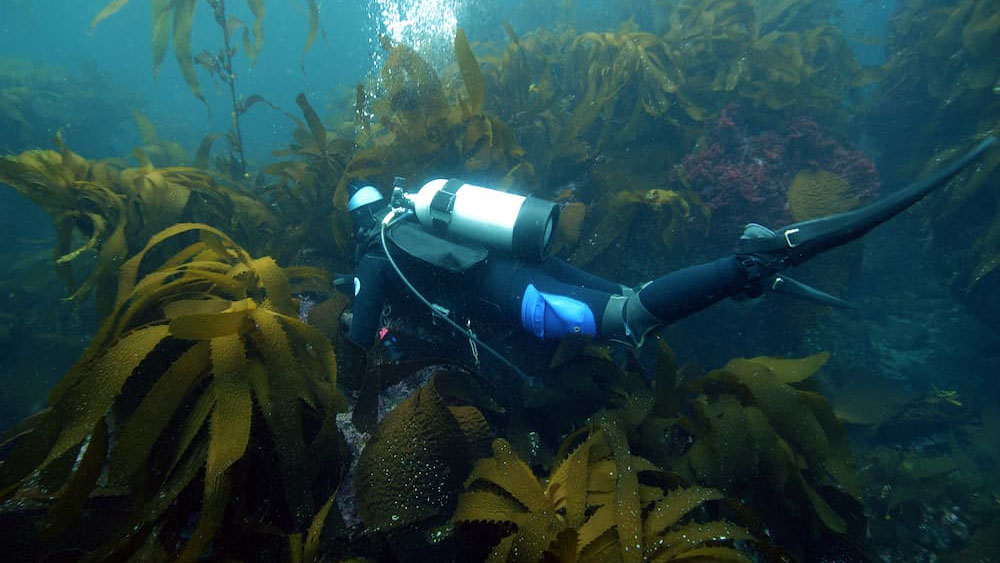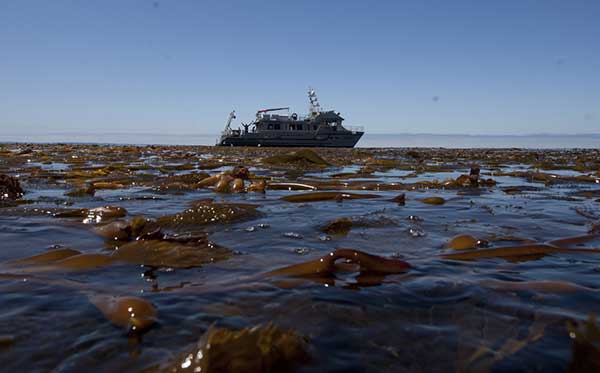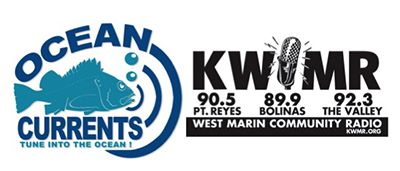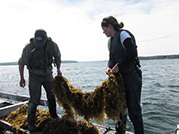Looking for more information on kelp forests? Look no further! This section provides additional resources from surveys, restoration, and issues kelp face.

Towering kelp forests, sea caves, and coves in the waters surrounding the Channel Islands offer some of the best diving in the world. Discover other recreation activities you can do in the Channel Islands!

Kelp has been harvested within the sanctuary at a variety of locations to provide feed for aquaculture operations and an ingredient (algin) for various products.

The rocky nearshore environment of Monterey Bay National Marine Sanctuary, like the rest of central California, is characterized by dense forests of kelp growing at depths from 2 m to more than 30 m. Giant and bull kelp are the dominant canopy-forming kelps in this region, and make up the major forests within the sanctuary.

Recreational SCUBA diving activity has greatly increased in the past 20 years, with the potential for causing important disturbance to subtidal reefs. While diver disturbance on coral reefs has been assessed in a number of studies, effects on temperate kelp forests have not been previously examined. We estimated diver disturbance in southern Monterey Bay giant kelp forests by following 42 divers in summer, 1997 and recording disturbances they caused.

Learn about the health properties of seaweed, how to harvest, licensing, nutritional value and more.

Learn about a new method for ocean farming designed to restore ocean ecosystems, mitigate climate change, and create blue-green jobs for fishermen in this Ocean Currents radio segment. Bren Smith of Greenware shares how he left the field of commercial fishing to look for a sustainable model to continue to put food on people's plates.

Kelp is used to make many products: toothpastes, shampoos, salad dressings, puddings, cakes, dairy products, frozen foods, and even pharmaceuticals.

Research divers from NOAA's Northwest Fisheries Science Center and Monterey Bay National Marine Sanctuary surveyed kelp forests in Olympic Coast National Marine Sanctuary in July 2021. 2021 represents the 5th year of data collection using the new methods, and only 2020 data are missing due to the pandemic and subsequent restrictions on NOAA field operations.

In July of 2013, a large-scale project to restore kelp forests began off the Palos Verdes peninsula of California. The Bay Foundation, with funding and technical assistance from NOAA's Montrose Settlements Restoration Program, coordinated the effort to remove overpopulated and undernourished sea urchins from urchin barrens.